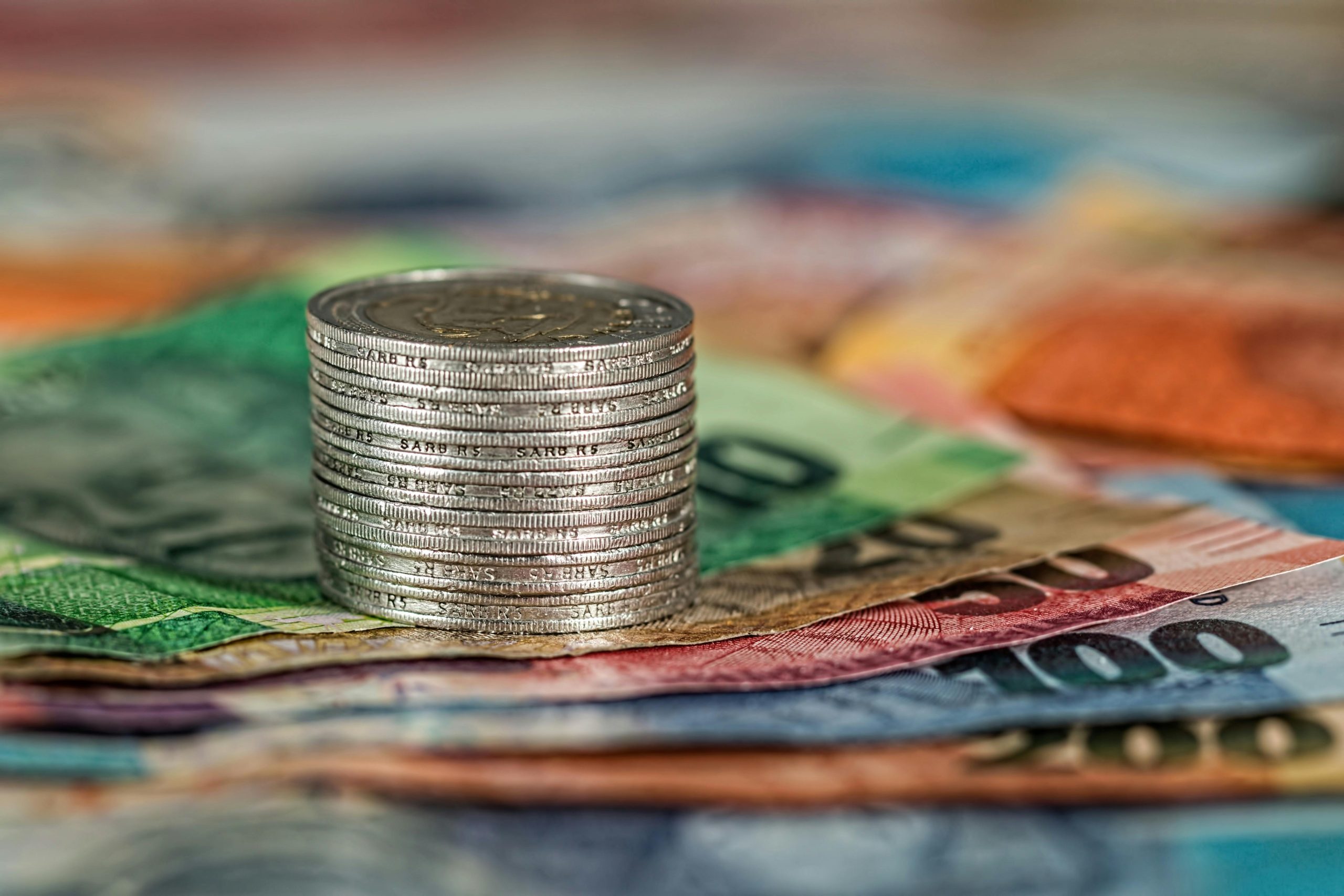Introduction
Tracking expenses can feel overwhelming—especially when transactions flood in from credit cards, digital wallets, and bank accounts. Without a clear system, it’s easy to lose sight of where your money goes, leading to budget shortfalls and financial stress. Effective spending categorization is the cornerstone of any personal finance strategy. By organizing expenses into meaningful buckets, you gain insights into your habits, spot areas to cut back, and align spending with your priorities. In this post, we’ll walk through a step-by-step approach to building a robust categorization framework, explore best practices, and share tools to automate the process. Whether you’re a budgeting beginner or a seasoned money manager, you’ll learn how to bring clarity and control to your finances.

1. Define Your Category Structure
Before sorting transactions, decide on a category hierarchy that balances granularity with simplicity.
A. Core Categories (Top-Level)
Start with 8–12 broad buckets that reflect your major expense areas:
- Housing: Rent or mortgage, insurance, property taxes
- Utilities & Bills: Electricity, gas, water, internet, phone
- Transportation: Car payments, fuel, public transit, maintenance
- Food: Groceries, dining out, coffee shops
- Health & Insurance: Medical bills, prescriptions, premiums
- Savings & Debt: Emergency fund, retirement contributions, loan payments
- Personal & Discretionary: Entertainment, hobbies, subscriptions
- Miscellaneous: One-off purchases, gifts, unplanned fees
B. Subcategories (Drill-Down)
Within each core bucket, create subcategories to capture details:
- Food → Groceries, Restaurants, Coffee & Snacks
- Transportation → Fuel, Ride-share, Repairs & Maintenance
- Personal → Gym & Fitness, Streaming Services, Travel
Tip: Resist the urge to over-complicate with dozens of micro-categories. Too many silos make reporting unwieldy; too few obscure insights. Aim for around 20–30 total categories.
2. Align Categories with Your Goals
Your category framework should reflect your financial objectives:
- Debt Reduction Focus: Highlight “Debt Payments” separately to track progress.
- Savings Accelerator: Break out “Investments” from general savings.
- Lifestyle Audit: Create “Self-Care” or “Education” buckets if you’re investing in personal growth.
By tailoring categories to your priorities, every dollar becomes a data point that informs your goals

3. Choose the Right Tools
Manual spreadsheets work, but automation saves time and reduces errors. Consider these options:
A. Personal Finance Apps
- Mint: Auto-categorizes transactions and alerts you to anomalies.
- YNAB (You Need A Budget): Emphasizes giving every dollar a job with customizable budgets.
- PocketGuard: Shows how much you can safely spend after bills and savings.
B. Spreadsheet Templates
- Simple Expense Tracker: Columns for date, description, amount, category.
- Pivot Tables: Summarize spending by category and month.
- Conditional Formatting: Color-code overspending.
C. Bank-Provided Tools
Many banks and credit unions offer built-in categorization and budgeting features—check your online portal before onboarding another app.
4. Automate and Review Regularly
A. Set Up Rules & Splits
- Recurring Transactions: Assign rent, subscriptions, and loan payments to their categories automatically.
- Split Transactions: For mixed receipts (e.g., grocery + pharmacy), split the line item so each sub-purchase is categorized correctly.
B. Weekly Check-Ins
- Reconcile Transactions: Confirm every bank transaction has a category.
- Adjust Mis-categorization: Correct any “Miscellaneous” entries before month-end.
- Note Unusual Items: Flag one-off expenses (car repairs, gifts) to understand their impact.
C. Monthly Deep Dive
- Generate Reports: Review total spending by category over the past 30 days.
- Compare to Budget: Highlight categories that exceeded or fell below plan.
- Identify Trends: Spot creeping costs (e.g., subscription creep in Personal & Discretionary).

5. Leverage Data Insights
Analyzing your categorized data transforms numbers into actionable insights:
- Percentage Allocation: Calculate each category’s share of total spending to see where you’re allocating resources.
- Trend Analysis: Chart category spend month-over-month to track progress on cutting costs or increasing savings.
- Goal Tracking: Visualize debt balances or savings growth against targets.
Example: You discover Dining Out consistently hits 15% of your income—double your target. By understanding this, you can implement a “no-restaurant Tuesdays” rule to bring it down to 10%.
6. Tackle Common Pitfalls
A. Defaulting to “Miscellaneous”
Overuse masks true spending patterns. Aim to categorize every expense with intention. If a purchase doesn’t fit, consider whether you need a new category or if it’s truly irregular.
B. Infrequent Reviews
Allowing errors to pile up makes it harder to correct later. Short, consistent check-ins keep your data accurate and your budget on track.
C. Overcomplicating Categories
Complexity can stall your process. If you find a subcategory unused for several months, retire it. Simplicity fuels consistency.
7. Adjust and Iterate
Your financial life evolves; so should your categories:
- Quarterly Reassessment: Review whether categories still align with goals.
- Add or Merge: Introduce new buckets for emerging priorities (e.g., “Home Office” post-move) or retire underused ones.
- Refine Subcategories: If you never use “Taxi,” replace it with “Ride-Share” or fold it into a broader “Transportation” bucket.

Conclusion
Effective spending categorization isn’t a one-time setup—it’s an ongoing practice that brings clarity, control, and strategic insight to your finances. By defining a balanced category structure, aligning with your goals, choosing the right tools, and committing to regular reviews, you’ll transform confusing bank statements into a roadmap for success. Over time, the patterns you uncover will empower you to cut waste, amplify savings, and confidently steer towards your financial dreams.



